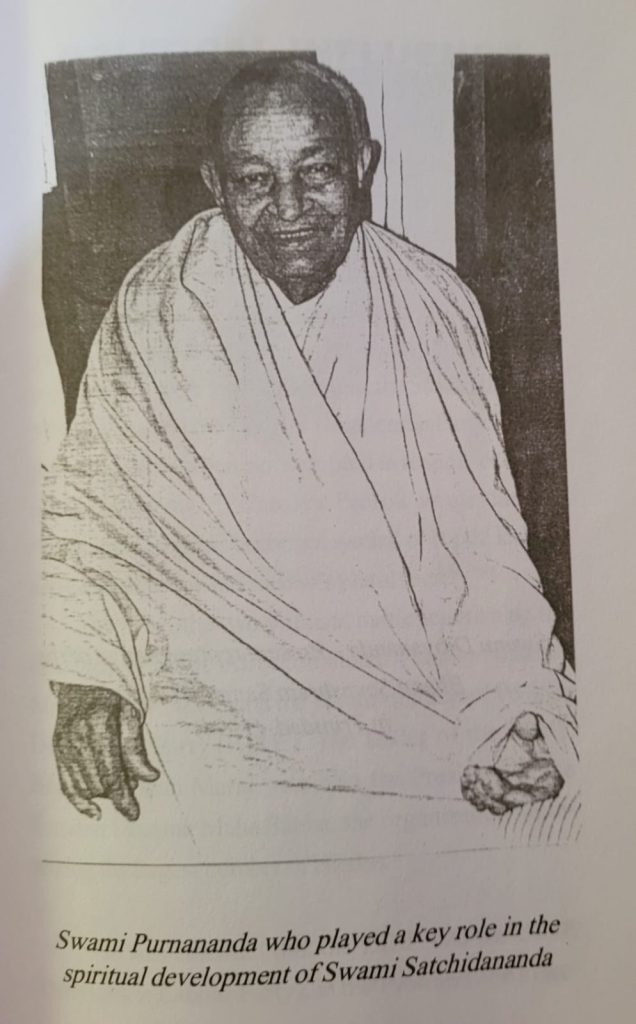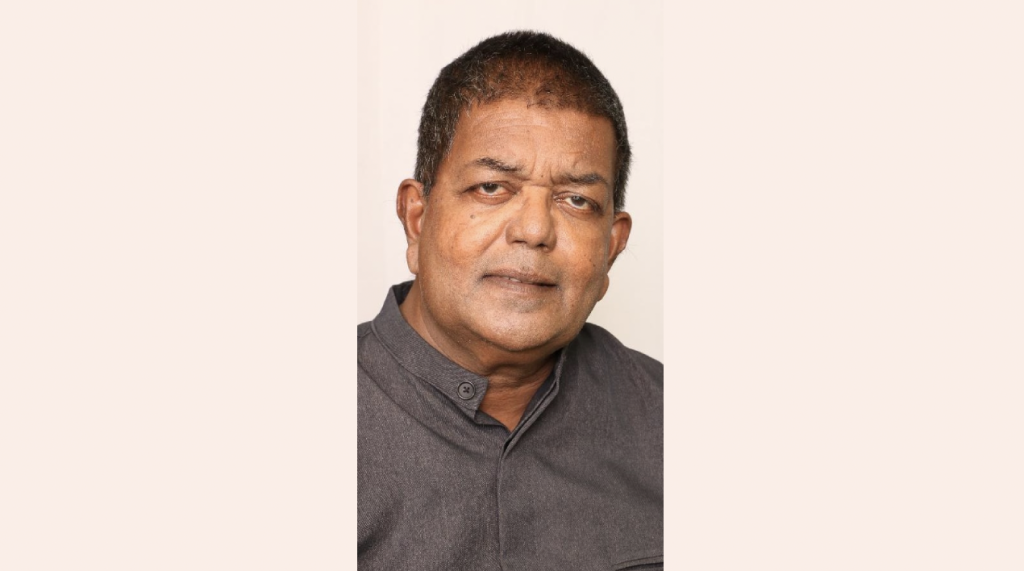Place the picture of the Swamis here with the other photo article.
Blessing the Children (Picture)
Trinidad Guardian, Page 5-January 08, 1952
Commentary: The fours Swamis were led by Swami Advaitananada and included Swami Purnananda, Brahmachari Rajkrishna and Brahmachari Mritunnanda. They were from the Bharat Sevashram Sangha of India, a social and spiritual organization, founded by Archarya Pranavanandaji in 1917.
The swamis were guests of the Sanatan Dharma Board of Control (SDBC), a Sanatanist organization that was incorporated by Act No 19 of 1932 in the Legislative Council of Trinidad and Tobago as a friendly and benevolent society under the Friendly Societies Ordinances, Some members of the Sanatan Dharma Board of Control were Pandit Ramnarine, Pandit Balgobin of Arouca,Tiwari Sharma of Tunapuna. Other members were Bisram Gopee, Ramdial, Mewalal and C. H. Budhu.

The Bharat Sevashram Sangha has more than 500 monks and is active providing medical care, education, and other outreach programs in the eastern states of Jharkand, Nagaland, Assam, Arunachal Pradesh, Tripura, and Gujarat.
Swami Advaitananda and Brahmachari Rajkrishna proceeded to British Guiana shortly after arriving in Trinidad; Brahmachari Mrituananda fell ill and returned to India while Swami Purnanada began work in Trinidad, Swami Advaitananda and Brahmachari Rajkrishna spent four months in British Guiana where he laid the foundation that Swami Purnananda later developed into an ashram and a college at Cove and John in East Coast Demerara.
Swami Purnananda worked tirelessly across the length and breadth of the country teaching Sandhya and Havan. At Felicity he constructed an ashram and had several youths undergoing spiritual discipline. Among them were Mesho Rohit and Pandit Atmaram Maharaj (Bandolay), In 1956 Swami Purnananda recruited Brahmachari Hari Ram (Swami Satchitananda) to join the ashram.
During the 1956 General Elections emotions were running high. The elections created divisions within the community and the ashram was burnt to the ground. After this unfortunate event Swami Purnananda migrated to British Guiana to continue the work initiated by Swami Advaitananda.
Basraj Brigelal of Felicity was a devout follower of Swami Purnananda and a committed and dedicated worker for Sanatan Dharma. After the unfortunate incident in Felicity Basraj recruited volunteers from Felicity to assist with the construction works at the ashram in British Guiana.
During the 1960s Brahmachari Hari Ram worked tirelessly to popularize Sandhya and Havan throughout the country. It was this work that kept the Hindu community vibrant during a general lull of the Maha Sabha that were demoralized after repeated defeats at the polls.
Deoraj Seunarine (Dr Abracadabra), magician, ventriloquist, mimic, principal, and Commissioner of Affidavits, recalled that he was encouraged by his parents to work with the Swamis during their visit to Trinidad. It was Deoraj who told me that the head of the mission was Swami Advaitananda and not Swami Purnananda. He also said Brahmachari Mrituananda had a melodious voice and that when he was last in Guyana, he made it his duty to visit the ashram at Cove and John and shared his experience with those pioneering Swamis.
